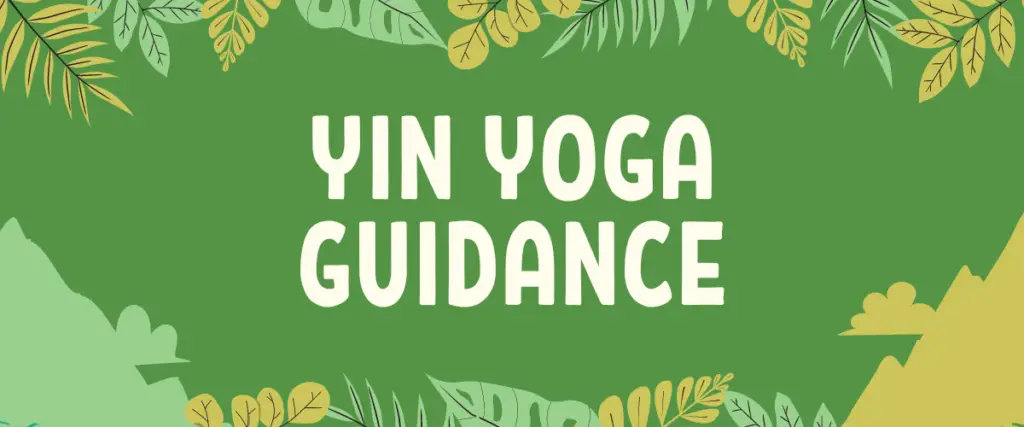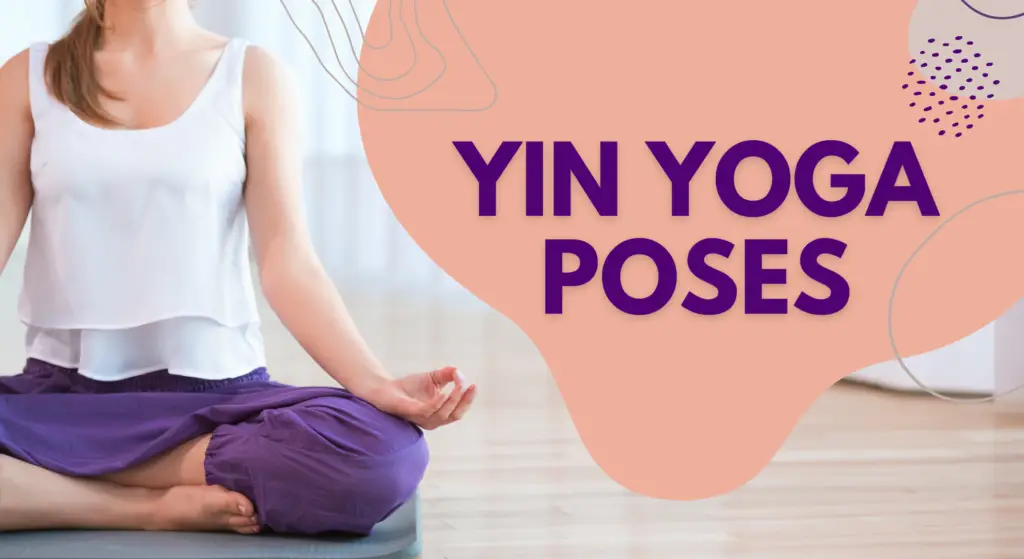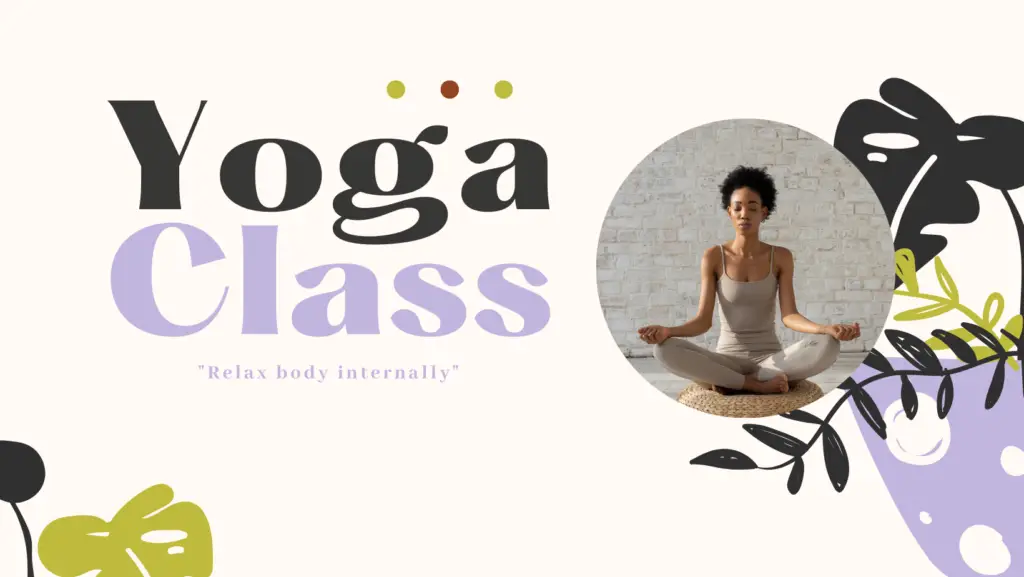
Yin yoga is a slow-paced, meditative style of yoga that has recently surged in popularity as more people discover its unique benefits and accessibility for beginners. If you’re feeling stressed, inflexible, or disconnected from your body, yin yoga’s long-held, gentle poses can help.
What is Yin Yoga?
Yin yoga is a more passive, gentle style of yoga compared to the more active yang styles you may be used to. While styles like vinyasa and ashtanga focus on constantly moving between poses, yin yoga involves sitting in poses for extended periods of time – typically 3 to 5 minutes. This allows you to gently target your connective tissues – the tendons, fascia, and ligaments – rather than just stretching your muscles.
Some of the main elements that characterize a typical yin yoga practice include:
The main benefits reported from regular yin yoga include:
This makes yin an excellent complement to more vigorous yang activities to bring greater balance and vitality into your life.
Now let’s explore some of the best yin yoga poses for beginners to safely enter this rejuvenating practice.
Table of Contents
Essential Yin Yoga Poses for Beginners

When starting out with yin yoga, it’s best to focus on poses that are simple, gentle, and can be easily modified based on your flexibility levels. Here are 5 highly accessible and useful yin poses for beginners:
1. Butterfly Pose (Baddha Konasana)
Butterfly posture stretches the inner thighs, groin, and hips – extremely common problem areas for inflexibility and tension buildup.
How to:
Butterfly is extremely customizable using props like blocks and bolsters to modify depth and comfort. Those with knee injuries can try placing rolled-up towels underneath their thighs to take pressure off.
2. Dragon Pose (Supta Konasana)
Dragon pose targets the hips, inner thighs, and backside through a deep side-lying groin stretch.
Instructions:
Take care not to overdo this pose if you have any spinal injuries. A cushion or blanket under the bottom hip can help relax muscles.
3. Sphinx Pose (Salamba Bhujangasana)
The sphinx offers an excellent chest and abdominal stretch combined with gentle spinal extensions.
How to get into the pose:
For less intensity, widen elbows or lower onto forearms. Repeat on other side if one side feels tighter.
4. Caterpillar (Ardha Pindasana)
The caterpillar puts intense pressure on the upper back, shoulders and neck to relieve built up tension.
Instructions:
Those with high blood pressure should perform with caution or props supporting the torso.
5. Shoelace or Reclined Bound Angle (Supta Baddha Konasana)
This pose deeply targets the inner thighs, hips, and groins through internal rotation.
Entering pose:
Support knees with blanket rolls if any sharp pinching sensations in the hips or knees.
Once you build more stability and stamina, try sequences incorporating hip openers like Pigeon or Frog pose. For now, focus on the foundations with these 5 nurturing postures.
Best Practices for Your First Yin Yoga Class

If you’re a complete beginner, the best way to dive into yin is through an entry-level, yin-specific class so the poses and structure can be safely demonstrated. However, an experienced teacher can also guide modifications even in a regular yoga class setting.
Here are some tips to get the most out of your first yin yoga experience:
Arrive Early
Make sure to come a few minutes early, especially for your first class. This gives you an opportunity to introduce yourself to the teacher and ask any questions you may have beforehand. Certain studios also have waiver forms for new students to go over any pre-existing injuries or medical conditions needing special attention.
Speak Up About Injuries
Don’t be afraid to speak up during class if a certain pose aggravates old injuries or causes sharp pains. There are always alternatives or props to relieve unwanted intensity. This is a quiet, calm environment so just flag down the instructor for assistance.
Try Props If Unsure
Even in non-beginner classes, props like yoga blocks, straps and bolsters will be provided. Use them liberally in poses you feel inflexible or unstable to avoid over-exertion. Better to ease in with props than get frustrated at your limits.
Come Ready to Unwind
Part of yin’s appeal is it’s deeply relaxing properties. To transition into this slower pace, try arriving 10-15 minutes before class to sit quietly and let your mind settle. Light stretching, breathwork or seated meditation are all great ways to find stillness before you begin practice.
Follow Your Body’s Lead
Remember, yin postures are meant to be held for extended periods – typically 3 to 5 minutes per pose. Get into positions at your own pace and comfort level. There is no rush, so relax into stretches instead of aggressively forcing progress. Be patient with tight areas!
Rest Afterwards
Yin sequences incorporate lots of hip openers and backbends which can unexpectedly liberate deeply stored tensions. Schedule nothing too strenuous after class so you have time to integrate effects – including potential emotional releases! Savasana, sipping warm tea or meditative walks are best.
Finding an instructor well-versed in catering to all levels will ensure you feel empowered to nurture your unique body. Now, let’s cover some best practices to stick to as a beginner both inside and outside of formal yin yoga classes.
Yin Yoga Dos and Don’ts
To protect joints and spine health, there are certain guidelines worth following as you build more yin experience:
DO:
Check bodily alignments: Joints and spine should feel spacious, not crunched or twisted. Use props like blocks to open up compressed areas.
Go slow and steady: Ease into each pose gently, respecting tightness instead of brute forcing through it. Deep, smooth breaths help muscles relax.
Listen deeply: Scan the body and discern between ‘good pain’ (mild stress) vs ‘bad pain’ (injury warning signs) to prevent overexertion.
Be consistent: While intense, yang forms build heat and flexibility quickly, yin truly transforms over longer timespans through subtle, progressive opening.
DON’T:
Push through sharp pains: Back off immediately if you feel pinching, straining or crunching sensations. Modify pose intensity or range to avoid acute injuries.
Hold breath while stretching: Constricted breathing tenses the body, preventing release. Focus on long, smooth exhales to let muscles unwind.
Rush transitions: Haste makes waste! Transition slowly in and out of poses to integrate before moving deeper. No competitive rush.
Practice daily: Extremely flexible people can practice more intensely. But for beginners, try just 2-3 times per week to avoid overstretching fragile areas.
Be patient – over time yin reshapes posture, mobility and mind-body awareness on very deep levels. Respect limitations and let gravity gently open restricted places at its own pace.
An Integrative Approach: Balance Yin and Yang
While yin yoga offers profoundly restorative benefits, it works best alongside other styles that build strength, coordination and cardiovascular health. As two sides of the same coin, yin and yang energies balance each other:
Yin Qualities: receptive, passive, feminine, cold, stable, intuitive
Yang Qualities: dynamic, active, masculine, hot, ever-changing, logical
Ideally, your overall yoga practice should include both yin flexibility work and dynamic yang sequences. Here are just some of the major styles that complement yin wonderfully:
Alternating these styles throughout your weekly routine creates steadiness. The raw power cultivated from sweat-inducing yang forms gets wisely directed through yin’s cooling, meditative influence. Essentially, building a routine fusing both forces will enable you to skillfully endure life’s challenges from a place of centered calm and inner tranquility.
Through this dance between activity and stillness, between heat and coolness, between strength and receptivity, your entire being comes into harmony – ready to gracefully ride each wave of change with poise, fluidity and joy.
Conclusion: A Practice for All Bodies and Levels
In the modern rush for immediate results, yin yoga offers a comforting reprieve where slow and steady truly wins the race. While often less “exciting” on a superficial level than active styles, over time yin profoundly unravels stuck emotions and chronic tensions no workout could touch, revealing inner freedom.
With its accommodating props and modifications, emphasis on mindfulness, and therapeutic physical release – the practice invites souls from all backgrounds, flexibilities, and injuries to unfold healing on their own compassionate terms. Approach with patience to let this gentle medicine seep into your bones, nourishing vitality for the long road ahead.
Hopefully, this complete overview gave you a comprehensive introduction to getting started or deepening your yin yoga practice! Remember to tune into subtle sensations, honor your unique body wisdom, and progress one breath at a time.